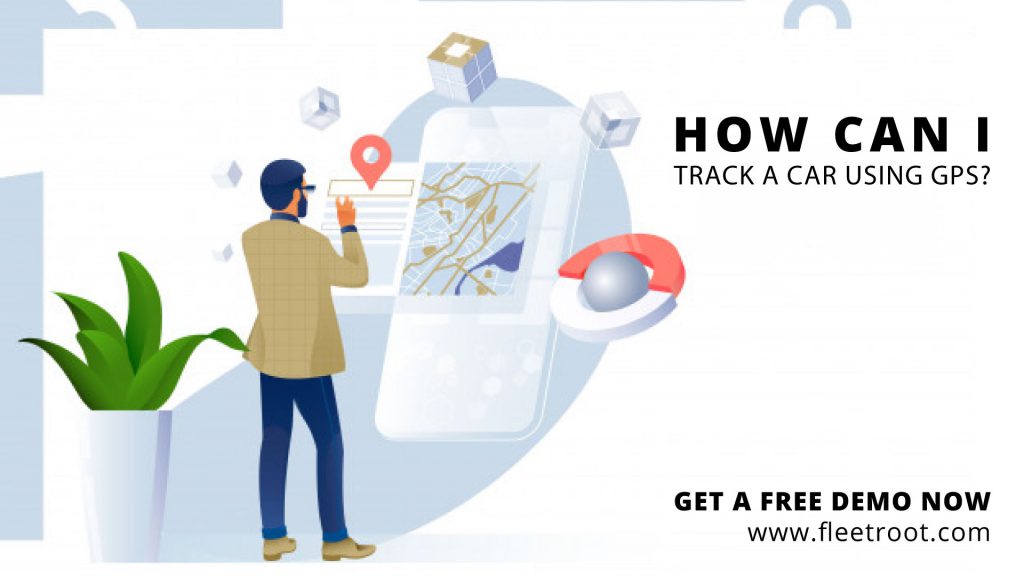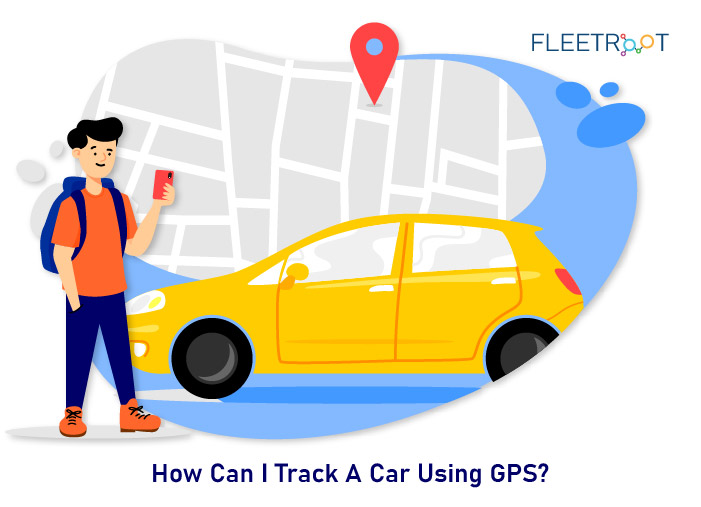In today’s fast paced world with rapidly evolving technology, people as well as businesses are invariably on the move and it becomes extremely important to track the vehicles.
Whether you are an individual car owner concerned about the whereabouts and safety of a family member, or a fleet owner who wants to minimize his risks and be in control of all the vehicles, a GPS Tracking System provides the answers that you need.

How It works
In order to track a vehicle, first and foremost one needs a GPS device. A simple GPS device consists of a GPS receiver, a battery to power the device, and a transmitter – which is usually a SIM.
The GPS receiver picks up satellite transmissions from a global satellite system – a constellation of satellites in space, which are constantly beaming radio signals down to earth.
The receiver uses transmissions from multiple satellites to calculate its location on the earth by a mathematical process of trilateration. To have an accurate estimation, the receiver must be able to receive signals from 4 or more satellites.
Nowadays there are many types of GPS devices available, with varying capabilities and battery power. Even the most basic devices are able to provide information such as – where the vehicle is right now on a map, when it was last tracked, its speed, battery % remaining, and Latitude/ Longitude.
This information can either be stored in the device to be downloaded and analyzed later, or transmitted to a computer or mobile phone using a cellular network. The end user can log into a web portal to access the information.
Tips to keep in mind while installing a GPS Device
1.The first step to installation is to find a power source for the device. Most devices come with a dedicated battery. However, the more frequent location updates you require, the more battery power you will use and the faster your battery will drain out.
So, you can even choose to connect the device to the car battery with wires so that it can function uninterrupted. Nowadays OBD GPS devices can simply be plugged into the OBD port, connecting it to the vehicle battery without any wire splicing.
2.In case you choose a device with battery cells, your next step is to determine where to place the device. There are various places where you can put the device, without it being easily discovered by others: under the dashboard, on the under carriage, inside the seat cushion, in the front or rear bumper, or even behind the back seat.
3.Wherever you choose to place the device, make sure that its antenna is unobstructed, and not covered by metal, which may cause an interference with the signals. If you are placing it under the dashboard, make sure that the signal from the satellite radio does not hinder its transmission.
4.Ensure that the device is away from hot areas like the front grill of the car bumper or under the hood of the car.
Make sure the device is securely encased in a sturdy magnetic resistant and moisture resistant box so that it remains protected in all weather and road conditions.
Features Available
A GPS Vehicle Tracking System comes with many useful features that you can choose to configure and activate as per your requirements. You can:
1.Configure the tracking frequency of the device from 60 sec to 60 minutes, depending upon the granularity of your requirement. For fleet owners, the system can provide up to the minute real time tracking of vehicles, as well as assets and equipment that may be on board.
2.Access historical tracking data to determine the quickest routes to a given location, saving you fuel, time and money.
3.Configure a series of alerts based on custom parameters that are important for you or your business, such as speed limits, fuel consumption, crash detection, towing detection, trip logging etc. If an event is triggered, you will get automatic alerts on your phone or email.
4.Define a geofence zone where your vehicles needs to operate and get alerts every time a vehicle enters or leaves the zone. This way you can track down unauthorized use. Moreover, Start and Stop alerts can indicate exactly when the vehicles are in use.
5.Add Points of Interests (POI) / Landmarks along your routes and at any point, search for vehicles around a given POI.
6.View a single detailed trip or a clustered view of your vehicles on a Google map.
7.Prevent theft by adding an SOS or panic alarm feature, that will instantly alert you or the police about the vehicle location.
8.Pin Point driving habits that are costing you money, e.g., excess idling, extended stoppages, over speeding etc.
9.Receive ETA (Expected Time of Arrival) for vehicles, which can be shared with clients, to streamline your customer service.
Conclusion:
Thus, using GPS systems to track vehicles puts you in the control seat, and to a large extent, helps in the smooth running of your business operations.
However, for fleet owners, a Fleet Management Software that incorporates GPS tracking with IOT platform connectivity, can not only help you track but also analyze, manage and optimize your entire fleet operations in real time – helping you enhance the profitability of your operations as well as customer satisfaction.
Want to know more? Sign up here for a free demo.


